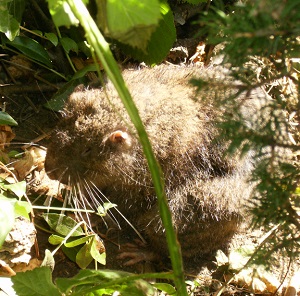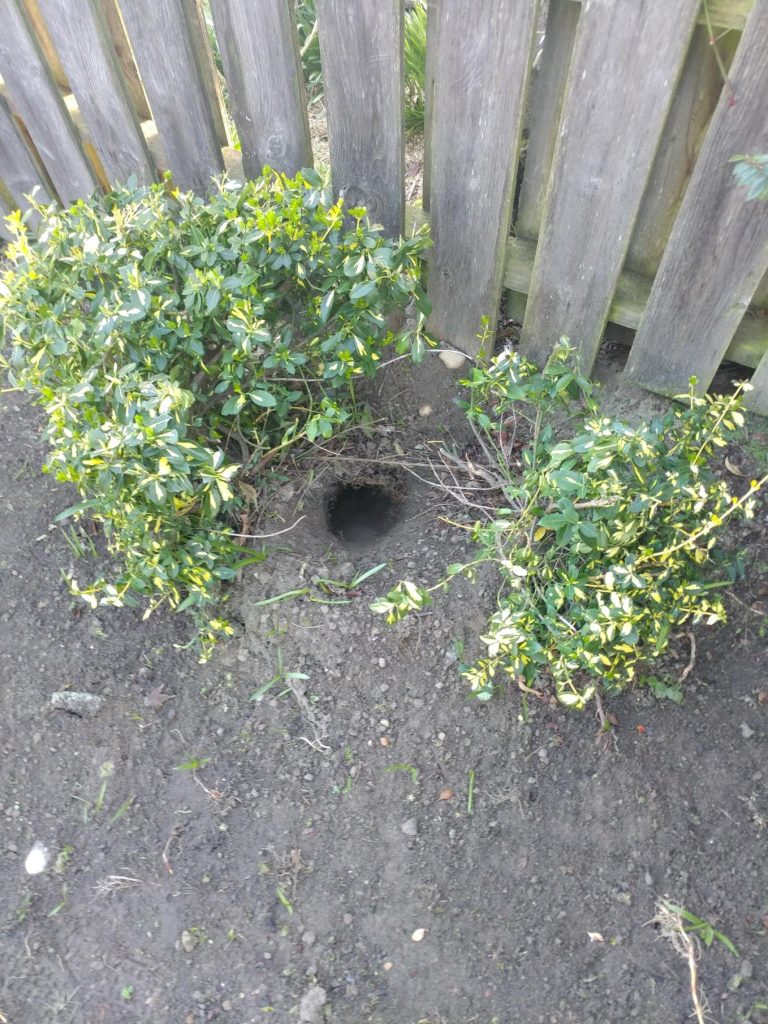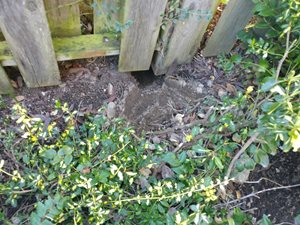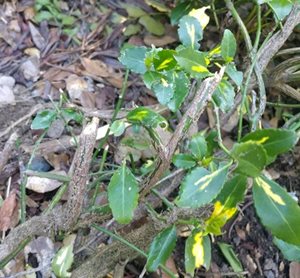
Description
Mountain beavers are believed to be the world’s most primitive living rodent species. Although, they share some of the same habits such as tree girdling and downing small trees and shrubs, they are not really a type of beaver. Mountain beavers are such a primitive-type species that their closest relative in the animal kingdom are members of the family “Sciurudae” which includes tree squirrels, ground squirrels, chipmunks, marmots, flying squirrels, and prairie dogs. They are very elusive, damaging to vegetation, and though they are not inherently aggressive, they can bite pretty hard.
Appearance
Mountain beavers resemble large hamsters or a tailless muskrat.
- 12-14 inches long
- Weigh 2-3 pounds
- Small ears and eyes
- Short, barely noticeable tails
- Large, curved front claws used for digging, grasping, and climbing
Habitat
Mountain beavers create extensive burrow systems that consist of 5 chambers and a combination of different entry holes. Their preferred habitat in in areas with moist, shaded slopes and ravines. They are small and easily preyed upon by predators, so they choose to tunnel in areas that are uninviting to other animals such as nettles and thorny bushes.
Burrowing
Burrows created by mountain beavers are quite extensive. The entire burrow will run 6-8 inches in diameter. Special chambers throughout the burrow will be used for nesting, feeding, storing food, storing extra earth material or storing droppings. With 10 or more exits, mountain beavers are able to travel the majority of their distance underground. Unoccupied mountain beaver tunnels may be used by mice, moles, voles, rats, rabbits, weasels, minks, skunks, and salamanders.
Damage
Mountain beavers can destroy expensive and extensive landscaping in or around your yard. Saplings are one of their favorites and they will seek them out and chew them down to nubs. They are strictly herbivorous, meaning they only eat plants, and prefer rhododendrons, sword ferns, skunk cabbage, nettles, willows, and more. Due to their substantial amount of tunneling, they can also cause sink holes and mudslides in areas that have substantial moisture or water runoff. When the damage becomes this severe it will take experts and professionals to resolve the situation.



Mountain Beaver Control
Critter Control of Seattle can trap and remove mountain beavers near your home or business. Our professional team of wildlife specialists are experienced in safe removal and trapping methods. Once the mountain beaver is removed, Critter Control of Seattle will assess the situation and will create a plan of prevention. With severe damage, we will recommend contacting an eco-engineer for advice on how to proceed.